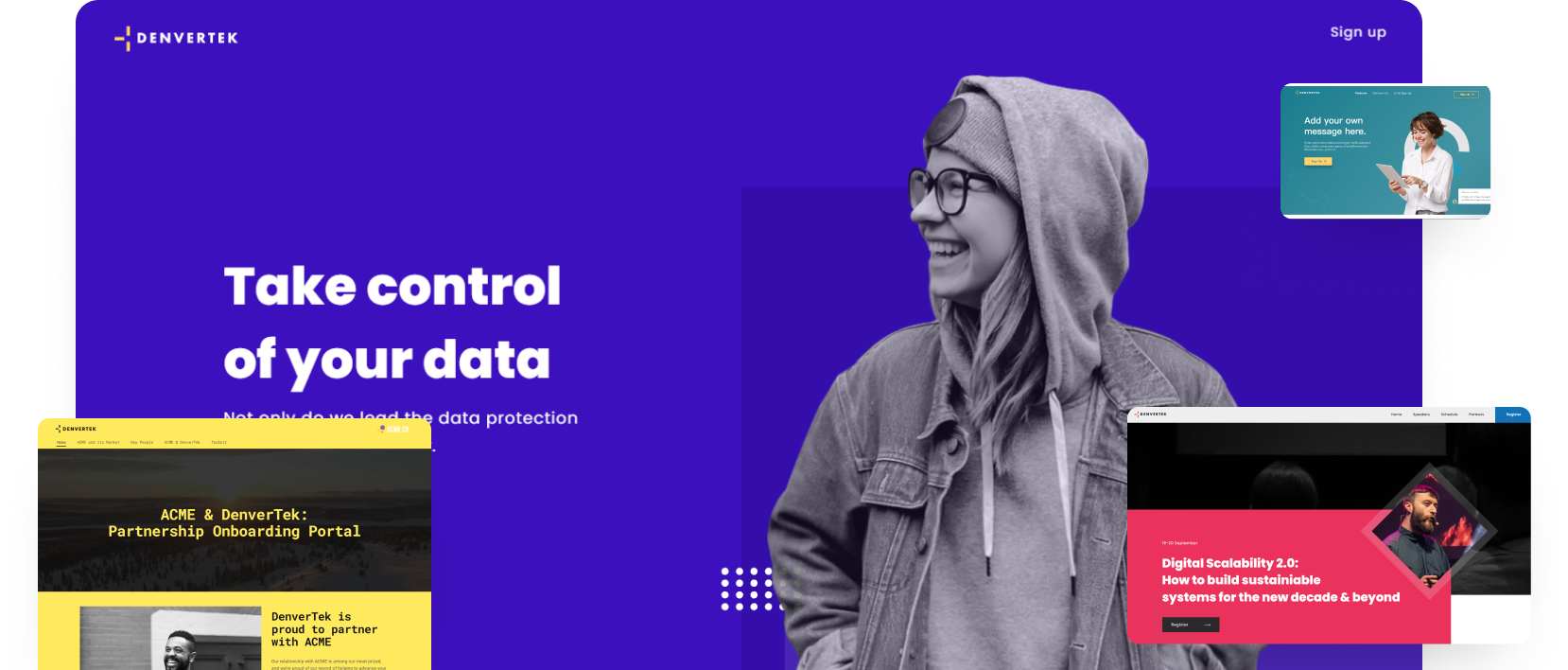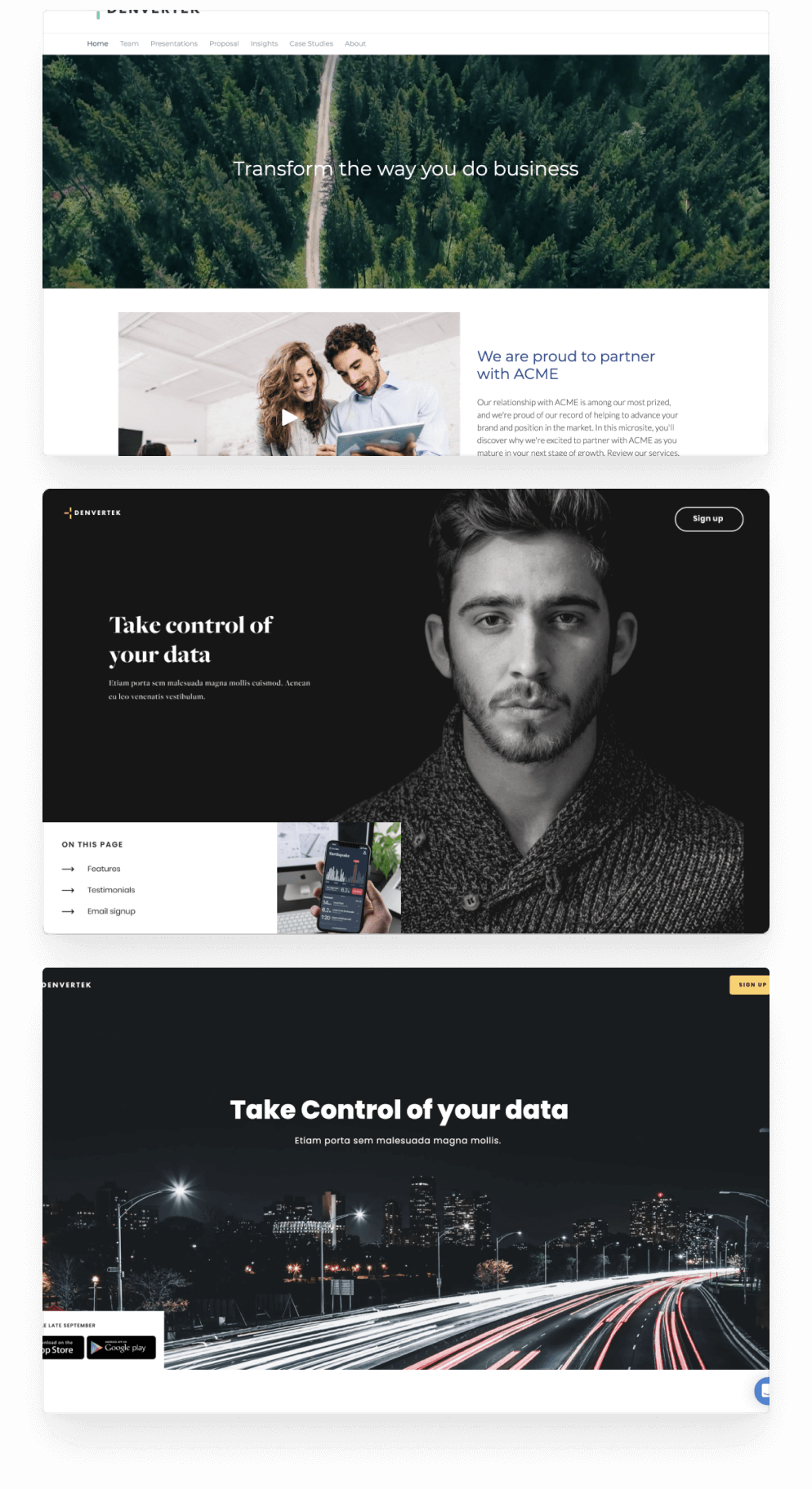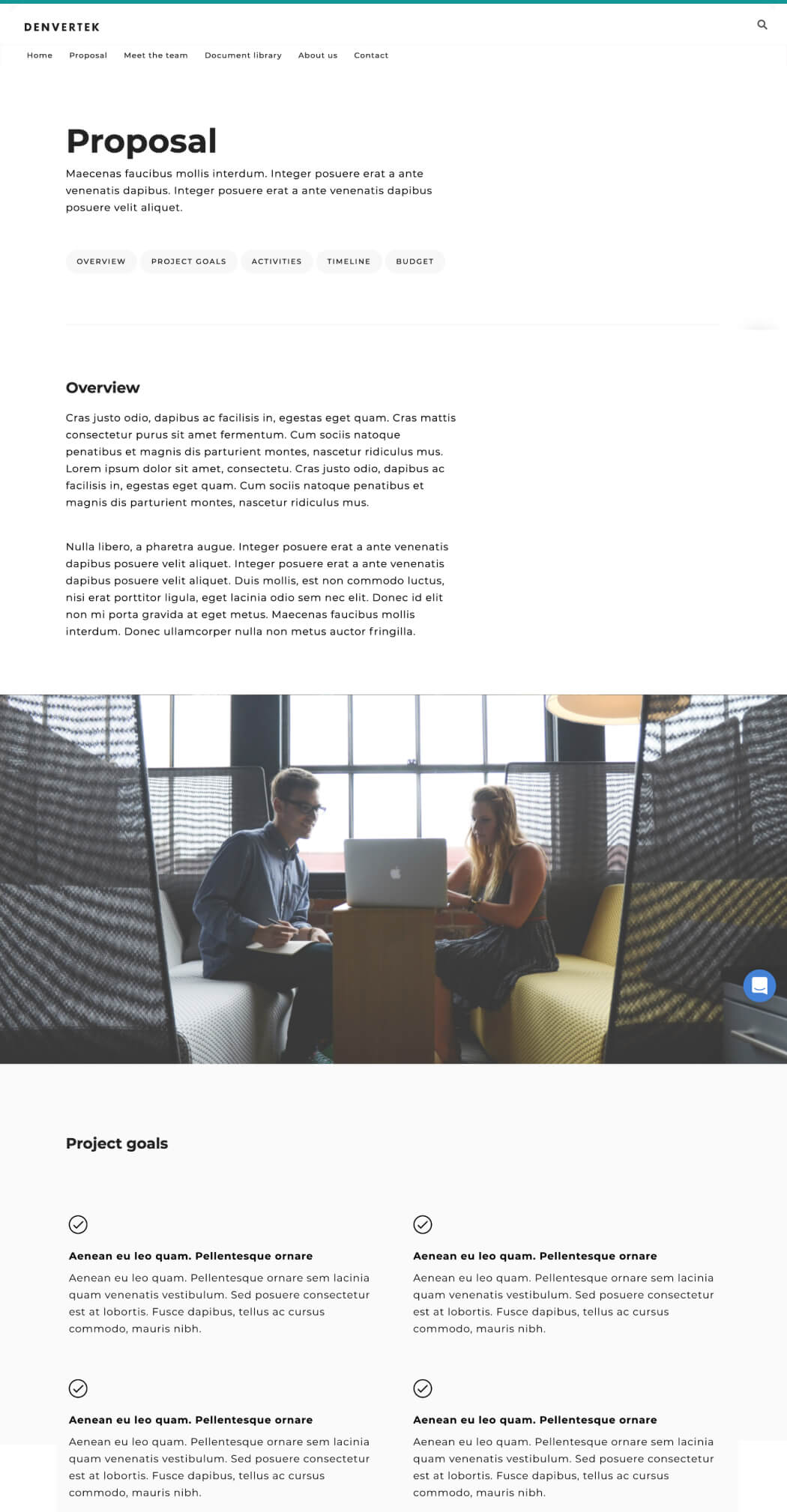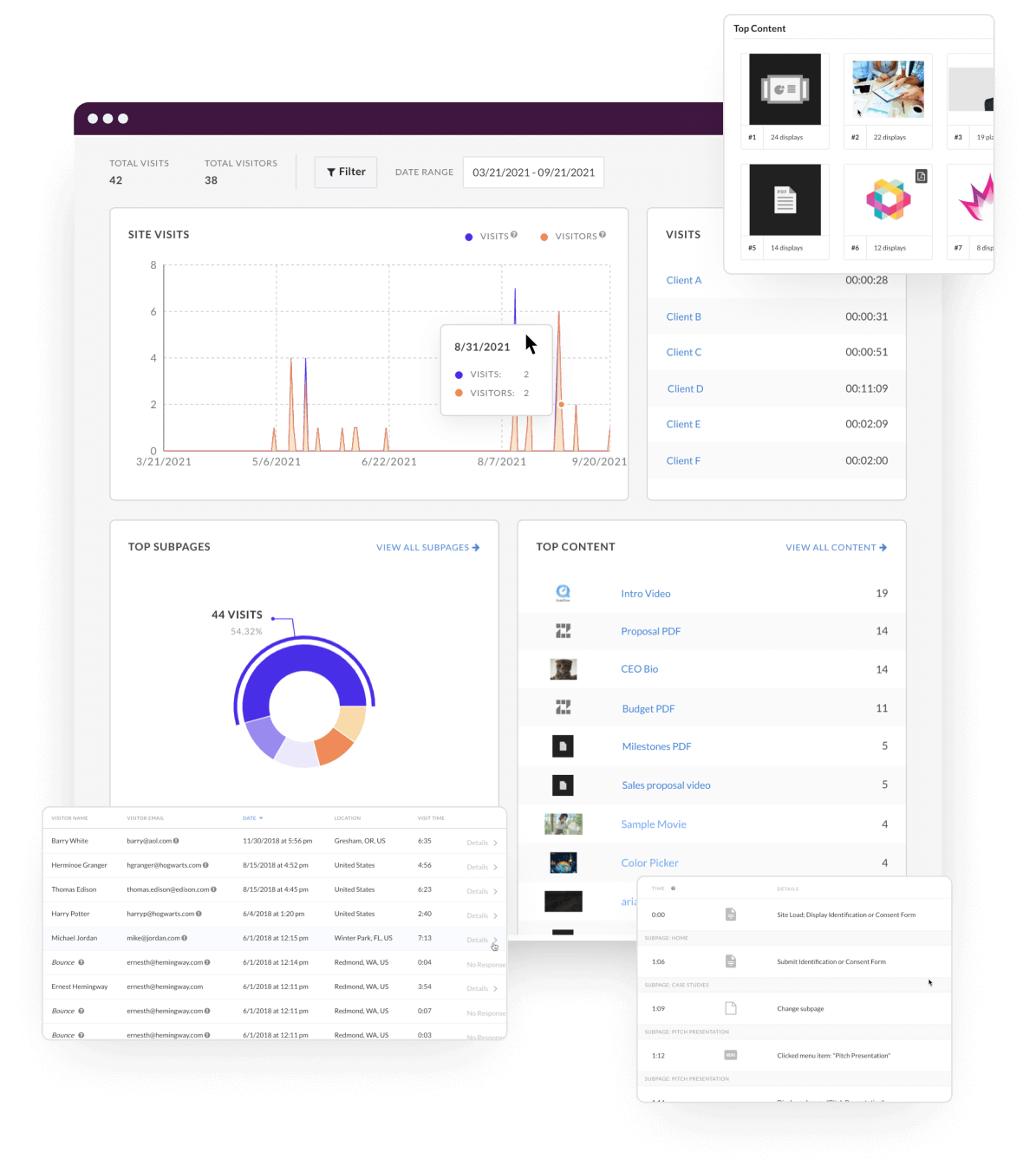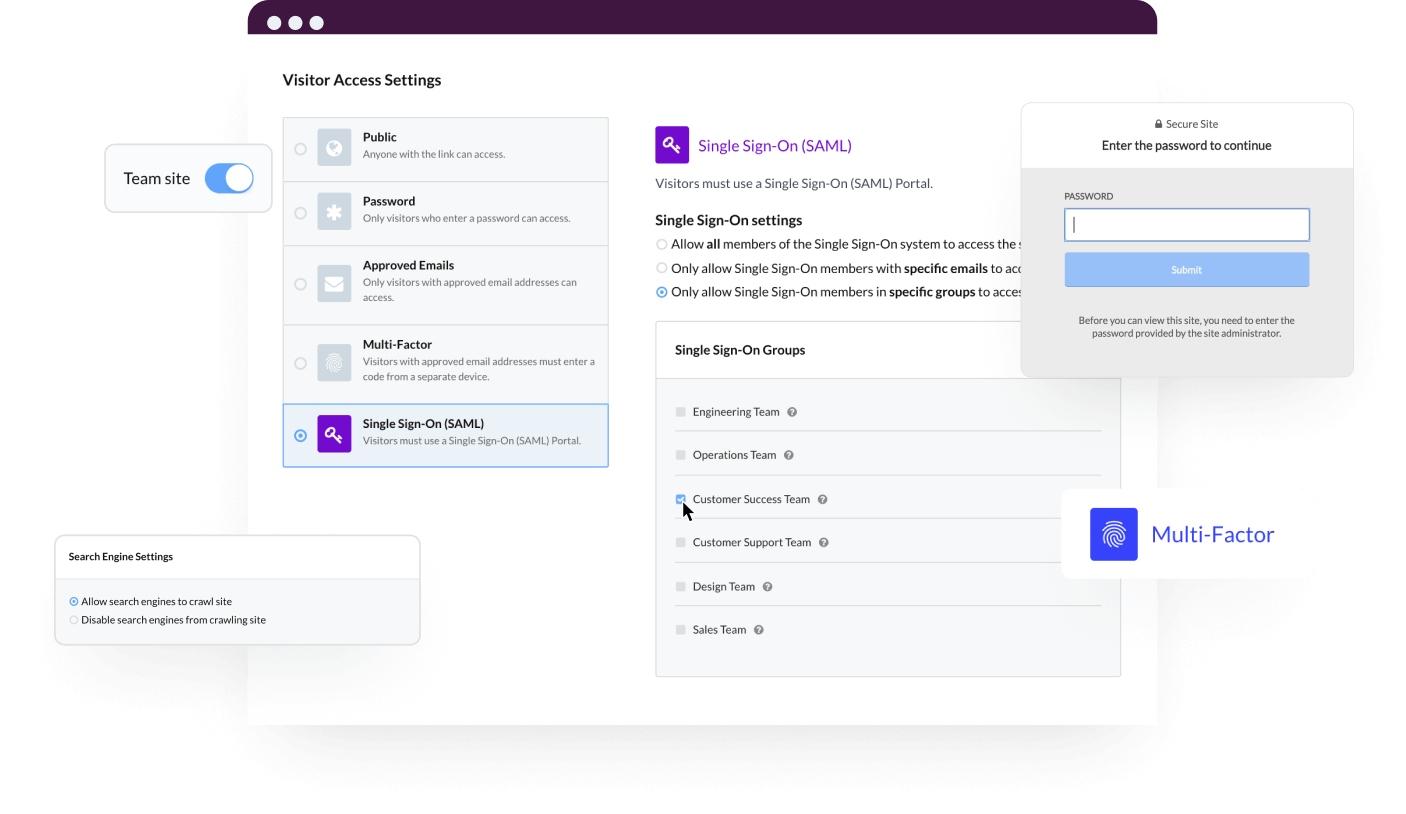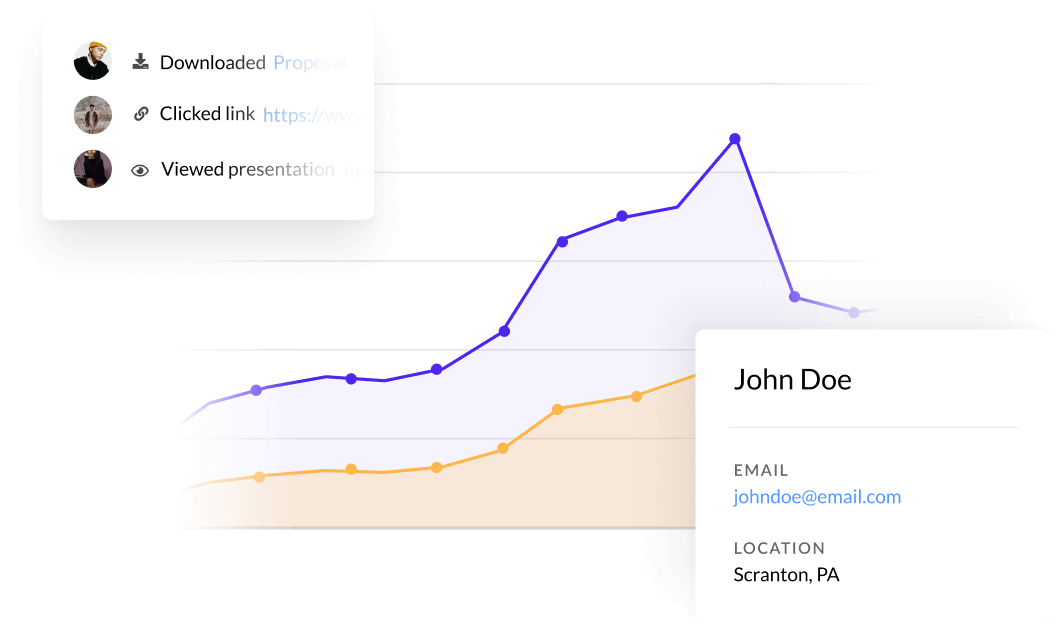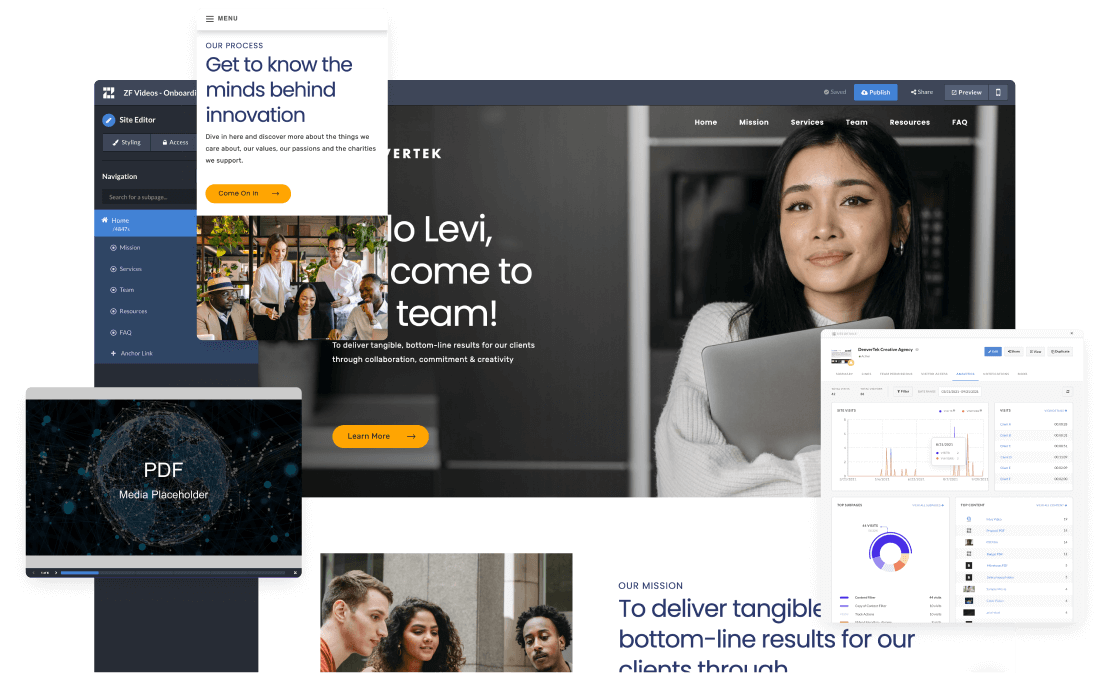Customizable mini-website What is a microsite?
A microsite is different from a standard webpage on your website because it stands alone, separate from your primary URL.
In simple terms, it’s a customizable mini-website used to convey specific information to a particular audience.
These microsites are usually associated with a particular project, event, launch, or similar highly specific activity with an expiry date.
For example, a large professional services firm might be trying to win the business of a specific financial institution in response to an RFP.
In such a case, it may make sense to have a dedicated site specifically for hiring in that market. It would be written in the local language, contain advice to help potential candidates decide between different positions they might want to apply for, and information about the application and hiring process.
Of course, there’s nothing to stop all this information being delivered piecemeal across the firm’s main site. However, a microsite allows for it to be concentrated in a single, easily navigable location with only relevant content to prevent the user having to sift through and find that which pertains to them.
Although your microsite will likely be brand compliant (in fact, it almost certainly should be), that doesn’t mean it has to be a carbon copy of your main homepage. The freedom of a microsite gives companies room to experiment with new ways of presenting their message.
